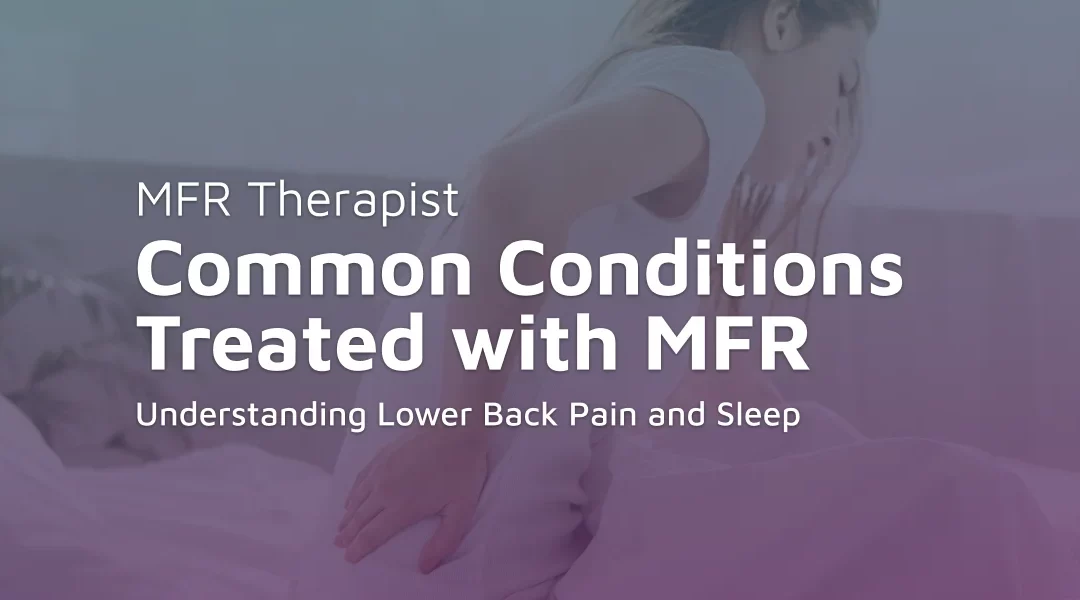Support from your mattress and pillow play a critical role in maintaining this alignment. A mattress that is too soft may cause your hips to sink, twisting your spine, while a pillow that is too high or too low can angle your neck improperly, both potentially leading to back pain. Selecting sleep accessories that cater to maintaining the natural curvature of your spine is key to nurturing rest.
Your own sense of comfort is also crucial. While certain positions are recommended for spinal health, it’s important for you to listen to your body and settle into a sleep posture that feels naturally comfortable. Any position that causes tension or discomfort is likely to disrupt your sleep and could contribute to pain. It’s essential to find a balance between recommended sleep postures and what feels personally soothing to ensure a deep, restorative slumber.
Regular exercise
Engaging in regular movement is like a gentle lullaby for your back, providing relief to sore muscles and ushering in restorative sleep. Exercise strengthens the supportive structures around your spine, weaves in flexibility, and nurtures a healthier posture. This, in turn, can be a balm for persistent lower back discomfort, promoting ease in mobility.Consider embracing low-impact, back-friendly exercises such as a calming walk, the buoyancy of swimming, or the centered stretches of yoga. Remember, though, to seek guidance from a healthcare ally to tailor these movements to your body’s symphony.
Medical treatments
Over-the-counter (OTC) and prescription medications are often used to alleviate lower back pain, offering relief for many individuals. Medications like nonsteroidal anti-inflammatory drugs (NSAIDs), including ibuprofen and naproxen, are common first-line treatments. They work by reducing inflammation, which in turn decreases pain.
Nevertheless, while these medications can be effective in the short term, reliance on them for prolonged periods can lead to potential side effects. Some people might experience gastrointestinal issues, like ulcers or bleeding, increased risk of cardiovascular events, and kidney problems with long-term NSAID use. Consequently, it is crucial to consider these risks when using these medications. Therefore, it is important to discuss the potential risks and benefits and medications prior to implementing with a trusted medical provider.
Myofascial release therapy
Myofascial release (MFR) therapy serves as a non-pharmacological therapy that can potentially provide a sustainable form of relief. It targets the myofascial tissue, which is the dense, tough tissue that surrounds and covers all structures in the human body. By applying gentle, sustained pressure into myofascial connective tissue restrictions, certified MFR therapists aim to eliminate pain and restore motion. This holistic approach might offer an avenue for anyone seeking to manage their lower back pain through means other than medication. Read on to learn about the benefits of MFR for lower back pain.
The therapy unfolds with the MFR therapist applying gentle yet profound pressure and stretching motions, targeting your fascia — the connective tissue enveloping all structures in the body — to mitigate tightness and restriction, and enhance mobility. With every touch and guidance, MFR therapists imbue patient-focused care that is as unique as you are. Your aspirations for health reverberate through each treatment plan devised, keeping your wellness journey anchored to your individual needs and the nurturing premise of release and restoration embodied by MFR.
Searching for an MFR therapist with the right kind of expertise and experience to alleviate back pain can feel overwhelming. However, our directory aims to make finding a certified MFR therapist near you a breeze. It provides both the proximity and detailed profiles of certified MFR therapists that include their professional background, specializations, and the types of myofascial work they are most versed in.
Effective management of lower back pain for improved sleep quality involves an alignment of smart sleep positions, deliberate lifestyle reforms, and an assortment of therapeutic approaches. Elevating the quality of sleep is not merely about the quantity of rest but the comfort and spinal support you afford your body throughout the night. Adjusting your sleep position to maintain a neutral spine, incorporating regular physical activities, and embracing a nourishing diet all contribute to the alleviation of discomfort. Therapies may range from simple home remedies and over-the-counter solutions to more concentrated efforts like MFR therapy.
More specifically, MFR therapy emerges as a holistic adjunct in the comprehensive management of lower back pain. It is a technique that dives deeper into the body’s complex fabric, the fascia, to untangle the knots of pain and tightness. This therapy is more than just a method for pain relief; it is a conduit for enhanced mobility and an avenue for fostering overall wellbeing. We recognize the transformative potential locked within this therapy to not only soothe back pain but to also usher in a wave of restorative sleep. Visit MFR Health today to learn more about the vast benefits MFR therapy can provide.

